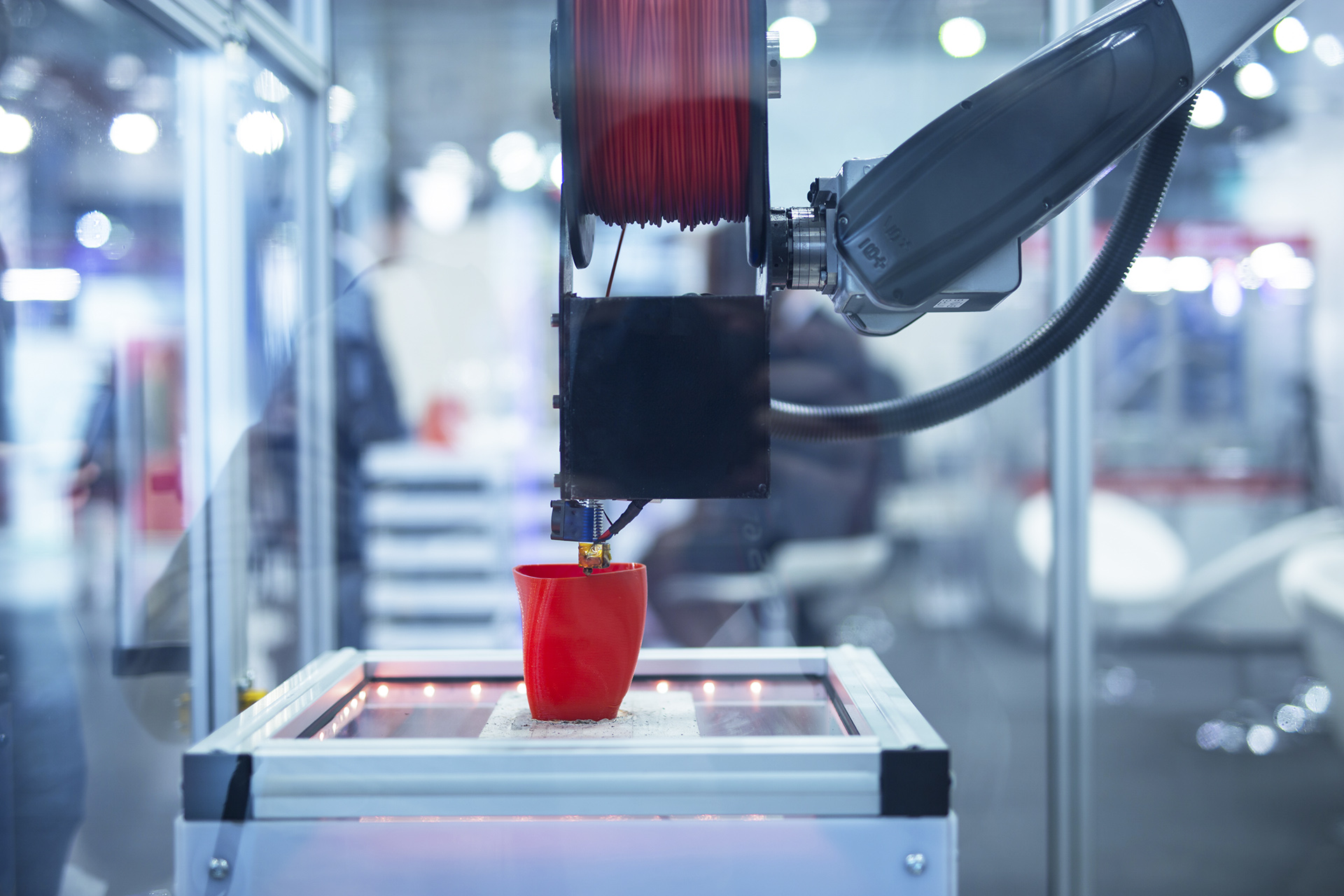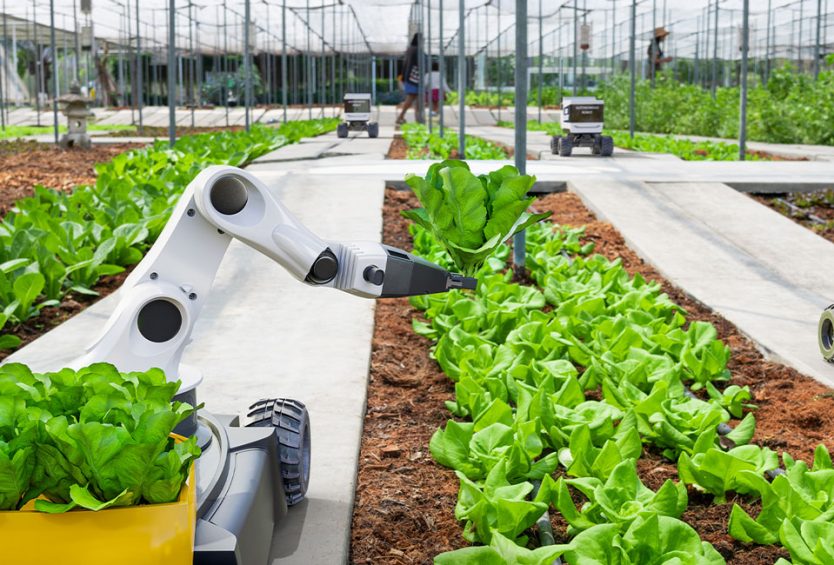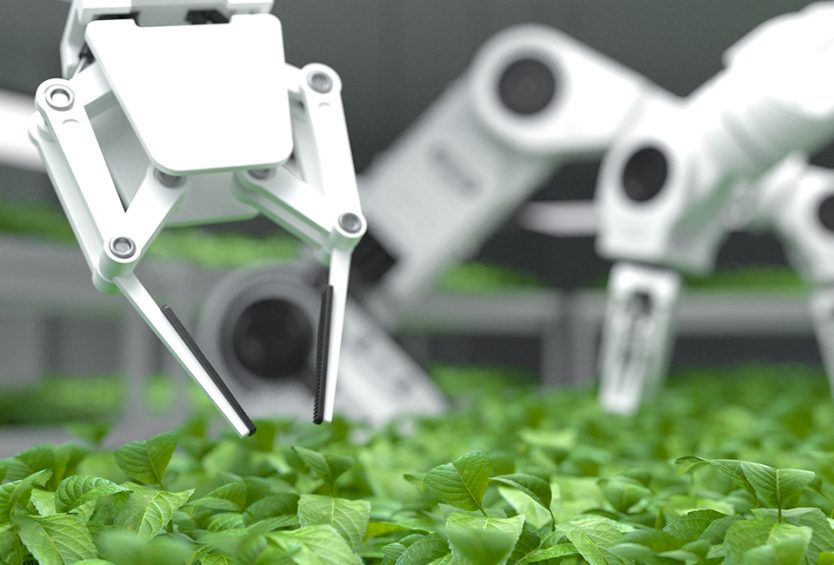Digital transformation is now a “competition” that attracts considerable attention from many businesses in Vietnam and around the world. In order to maintain and expand market share, businesses will have advantages if they prioritize technological transformation in this industrial 4.0 era.
Many Vietnamese companies have gradually applied digital technology and digital transformation, and created breakthroughs in production and business. Since then, these businesses have affirmed their positions in the market and signed greater value contracts. Digital transformation also helps many companies attract foreign direct capital (FDI) to expand production and increase competitiveness.
However, digital transformation requires businesses to invest a lot of capital as well as human resources. Choosing the right technology to adopt and creating optimal benefits from the application are always difficult problems when technology is constantly changing and improving every day. This article will introduce the latest technologies and trends being adopted by leading companies in the consumer goods manufacturing industry. The benefits of digital methods in Lean manufacturing and Advanced Analytics in the manufacturing process will also be discussed in this article.
Lean manufacturing evolves to a whole new level with digital technology
Lean manufacturing derived from Toyota’s production system (TPS), which has been adopted by many factories because of the benefits brought: focusing on small improvements to eliminate waste, increasing quality, and improving efficiency during production. This strategy focuses on customer needs in terms of quality and delivery time.
The difficulty that manufacturing enterprises often face is that there is no system to support data collection and information sharing. Information related to Sales, Operation and Planning, Machine Signals, Training Materials, Production Plans, etc. are all stored separately in different data warehouses, causing difficulty for manufacturing supervisors to access and analyzeinformation. They will take more efforts to manage downtime and ưnot know the exact production quantity until the finished product is ready for shipping out. This makes it difficult to manage the manufacturing output.
With digital technology, the lean manufacturing method has been raised to a new level. The company can centralize all data in the digital data center using cloud-based digital hub technology. This center includes 3 sets of tools: A tool for supporting daily Lean production, a tool for evaluating manufacturing capacity and proposing improvement initiatives, and a tool for best practice experience sharing and supporting real-time collaboration. (1)
Supervisors will now have access to all information relevant to the entire plant operation on the electronic Dashboard and Heatmap, allowing them to view performance gaps and compare statistics based on product, location, and geographic region. They can view detailed historical performance or topic-specific information such as device performance by category. When the data center automatically aggregates information, monitors KPIs, and sends reports via email, employees will have more time to focus on their main expertise and reduce time spent on paperwork.

In addition, the digital data center will promote a culture of exchange and sharing among employees to further improve performance. As departments can share machine downtime in-time, it helps to generate solutions faster when quickly capturing the information on the root cause. Workers will be notified of small issues so they can solve immediately by themselves; thus, it will not affect the whole production line. Employees will be encouraged to come up with best practice ideas or suggestions for improvements. Finally, expanding production to new locations or adopting new production lines will also be easier and less resource-intensive.
The effectiveness of advanced analytics in extracting insights from the manufacturing industry
The manufacturing industry has always generated a huge amount of data but has not really exploited its potential effectively. Thanks to digital transformation and data analytics tools, companies have been able to gather data from disparate sources and use machine learning and advanced analytics to come up with new optimization solutions in the manufacturing process, from importing raw materials to delivering final products.

With advanced analytics, production-related problems can be predicted, such as identification of bottlenecks that slow down the production process or which production lines are not profitable. There are three biggest benefits that advanced analytics can bring to manufacturing: Quality Management, Predictive Maintenance, and Supply Chain Optimization.
Regarding Quality Management in the food production chain, the traditional way is to use a group of experts to evaluate the taste of new recipes. This method is not only expensive, but the level of reflection is not accurate based on human emotions. In order to make a more objective and reliable assessment, it is very important to use predefined algorithms and intelligent Infrared Sensors. For example, a potato snack factory that wants to test the spiciness of a new recipe can use the above technology application to create a Quantitative model that predicts the spiciness and consistency of the product taste. From there, the company will get a more accurate judgment when combining advanced analysis results with human evaluation. After applying this technology for one year, the number of customers complaining about the inconsistent taste decreased by 90%.(1)
Predictive Maintenance will allow manufacturing plants to be more proactive in repairs and maintenance. Usually, the equipment will be replaced or undergo maintenance on a monthly or yearly basis by default. Replacing all equipment at one time will lead to unnecessary or late replacements of equipment. This traditional method will affect the quality of production. The attaching sensors solution will help collect information on each device, then analyze and upload the results to the cloud database. From there, the company will come up with a specific maintenance plan to increase production quality and save costs.
Digital technology combined with advanced analytics will help optimize the company’s supply chain through the ability to use the power of data to create a designated plan for each geographic region based on many factors such as input materials, production capacity, and market demand. An effective plan will help the company increase profits by 5%. (1)
New and innovative digital tools
In today’s evolving digital landscape, tools and systems are constantly being innovated to bring new benefits. This requires businesses to always update digitally to improve production quality and increase competitiveness. Here are some of the new industry innovations:
- Augmented reality tools: Currently, some companies have applied this technology to share information in real-time. Employees can use smart glasses to check the working order at the factory or take and send pictures of damaged machines to an outside expert for inspection. These smart glasses have helped increase work productivity by 5 – 10 % (2). DHL employees used smart glasses in their warehouses to receive instructions on where to arrange goods. As a result, productivity and accuracy increased by 15%. (2)
- 3D printing technology: This technology is becoming more and more popular because of its convenience when it comes to product design and inexpensive prototyping. With this technology, manufacturers can save the cost of hiring designers and produce urgently needed goods in case of shortage. Thus, the company saves significant costs when not having to store excess goods in the warehouse. In addition, 3D printing technology has been gradually used in mass production. Cosmetics company Chanel has applied this technology to produce 50,000 mascaras per day. It allows Chanel to refine the design through more than 100 models to create the evenest product. This is what traditional mold-making manufacturing could not do. (3)
- Connected sensors and controls: With the rise of IoT technology, companies realize the potential of sensor connectivity. The heavy-duty manufacturing industry has successfully adopted this technology and reduced costs and time by 40%, while the consumer goods industry has yet to realize the full potential of sensor connectivity (1). The sensing system will detect which machine is showing abnormal behavior and immediately notify the monitoring system. The staff on duty will be notified and can provide a timely solution remotely. AIG has applied sensor equipment to improve work safety. When an employee wearing the device enters a high-risk area, such as a blind spot of massive machines, the system will automatically signal this person to leave the unsafe spot or automatically stop the machines. (4)

Opportunities in the future
Compared to other industries, the consumer goods manufacturing industry is still trailing in terms of technological transformation. There are very few businesses that already have the capacity in-house to support digital transformation and new technologies applications. This is an opportunity for Vietnamese businesses to enhance their strategy by building a core technology staff including data scientists, software engineers, and IT staffs.
Senior management will be an important person in encouraging the company’s digital transformation culture. Because of the nature of the job, tech professionals should have the power to determine budgets and priorities for their work without having to wait weeks for decisions from their superiors or are empowered to make decisions for big projects.
Finally, to enhance digital transformation, some large players in the consumer goods industry can partner with technology startups. This cooperation will bring benefits to both sides. Large corporations will have access to new technologies and customer-focused innovations. For startups, they will have the resources they need to focus on their long-term goals, develop their products, and improve their reputation.
References
(1) McKinsey. Digital innovation in consumer-goods manufacturing.
(2) DHL. 2017. DHL Supply Chain Makes Smart Glasses New Standard In Logistics.
(3) 3Dprintingindustry. 2018. Chanel Announces Plan To Mass-produce A 3D Printed Mascara Brush.
(4) AIG. 2017. IoT Case Studies: Companies Leading the Connected Economy.



